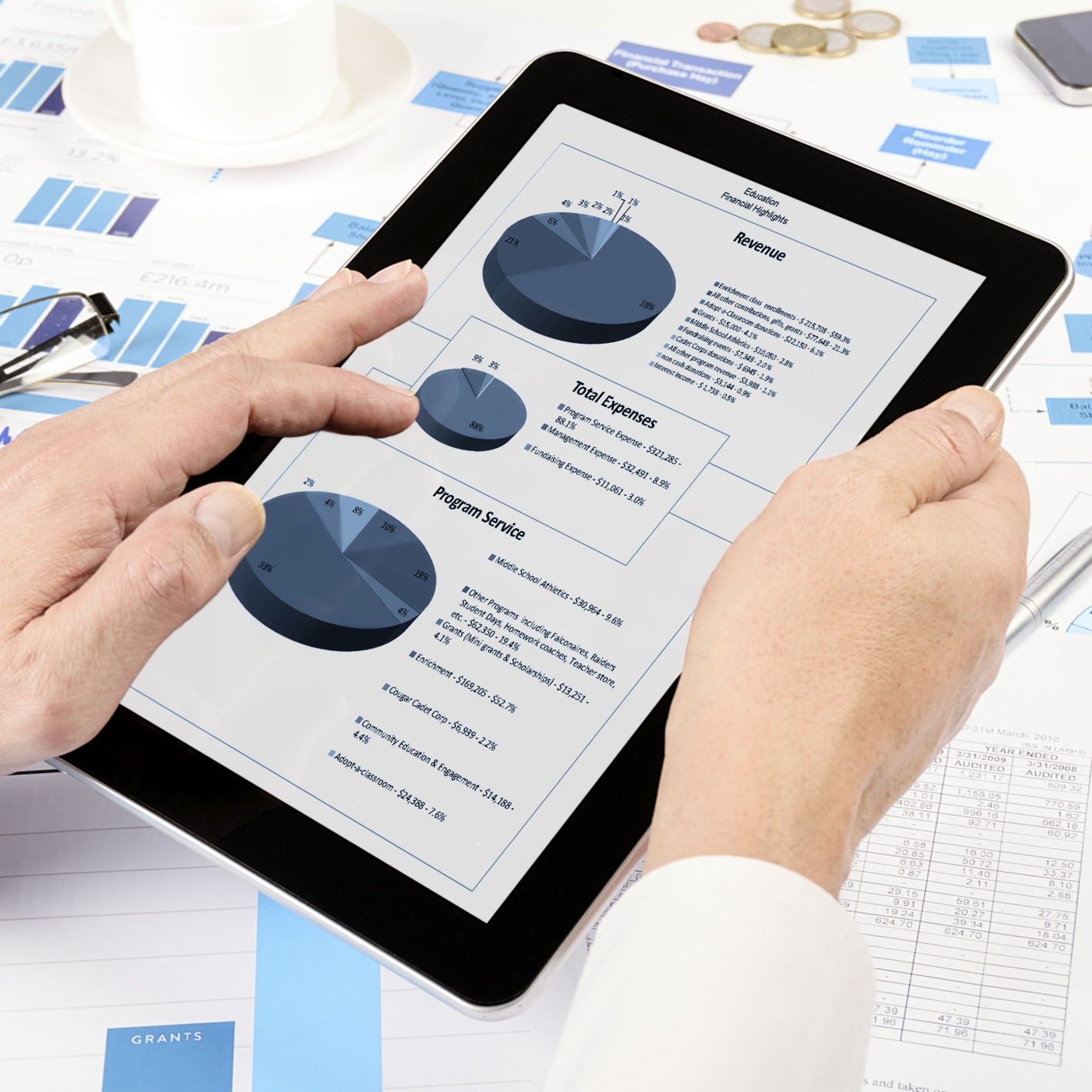
In late February, Microsoft Corp. (NASDAQ: MSFT) signed an agreement with Chinese smartphone maker Xiaomi that was framed as a deal in which Microsoft will provide cloud and artificial intelligence technology to help Xiaomi expand its business globally. One of the striking things about the deal is that it gets Microsoft back into the world of mobile devices without having to buy an entire company.
Remember the $7.3 billion or so the Redmond giant paid for Nokia’s phone business in 2014, only to sell it three years later at a discount of around 90%? That acquisition brought Stephen Elop, formerly Nokia’s CEO, back to Microsoft, where he was at first touted to take over as chief executive whenever Steve Ballmer decided to step down.
That didn’t happen. The smart money was betting that then-Ford CEO Alan Mulally would get the job. But that didn’t happen either.
As it turned out, Satya Nadella, who did get the job, may have been the perfect pick. The company’s years of failed efforts — Zune, Nokia, Windows 8 — had left it in a bad way. Nadella described it this way in his 2017 book “Hit Refresh”:
The company was sick. Employees were tired. They were frustrated. They were fed up with losing and falling behind despite their grand plans and great ideas. They came to Microsoft with big dreams, but it felt like all they really did was deal with upper management, execute taxing processes and bicker in meetings.
Instead of trying to break into a business — say, smartphones — where the leaders were established even back in 2013, Nadella put Microsoft’s talent and effort behind cloud computing and artificial intelligence. And rather than try to dominate in every aspect of every deal, Microsoft appears now to be willing to take a secondary, but still major, role in partnerships like the one with Xiaomi.
Xiaomi executive Wang Xiang said when the deal with Microsoft was announced:
Xiaomi’s mission is to deliver innovation to everyone around the world. By collaborating with Microsoft on multiple technology areas, Xiaomi will accelerate our pace to bring more exciting products and services to our users. At the same time, this partnership would allow Microsoft to reach more users around the world who are using Xiaomi products.
Since Nadella took over in early 2014, Microsoft’s market cap has more than doubled, from around $300 billion to more than $700 billion. It’s impossible to be sure, but there is virtually no chance that a Nokia-branded smartphone and Windows Phone software could ever have made that happen.
Thank you for reading! Have some feedback for us?
Contact the 24/7 Wall St. editorial team.

 24/7 Wall St.
24/7 Wall St.



